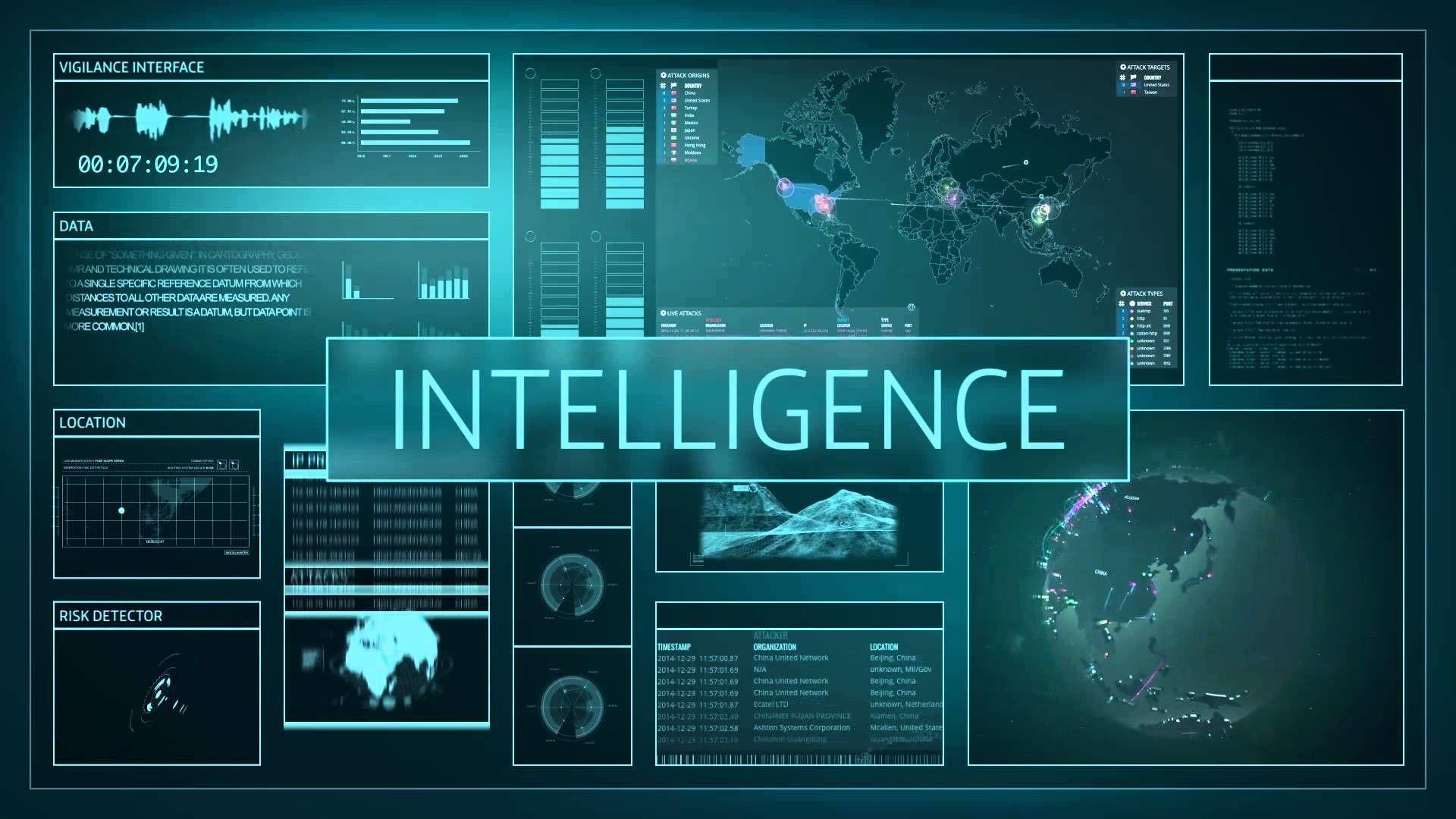Future-Proofing Your Company: Online Protection Techniques for the Upcoming Decade
Future-Proofing Your Company: Online Protection Techniques for the Upcoming Decade
Blog Article

In an increasingly digital world, the value of cybersecurity cannot be understated. Companies of various sizes are now depending on technology to streamline operations, elevate customer experiences, and drive growth. However, as technology develops, so do the threats that accompany it. Cyberattacks have become more sophisticated and frequent, posing serious risks to private data and corporate reputations. As we look ahead to the next decade, it is vitally important for companies to adopt effective cybersecurity strategies that not only address present challenges but also foresee future threats.
Getting ready for the future means recognizing that cybersecurity is not merely an IT issue; it is a core aspect of business strategy. Leaders must take a preventative approach to defend their assets and maintain trust with customers and partners. This involves funding advanced security measures, encouraging a culture of awareness among employees, and keeping up about upcoming trends in the cyber realm. By implementing comprehensive strategies now, companies can optimally position themselves to face the evolving threats of tomorrow.
Understanding Cyber Threats
In the modern online landscape, the evolution of cyber hazards is swift and complex. Organizations are increasingly becoming targets for hackers who employ sophisticated techniques to breach safeguard measures. These threats can vary dramatically, ranging from malware and ransomware to social engineering and denial-of-service attacks. An awareness of these threats is essential for organizations to craft robust security strategies that shield their confidential data and ensure corporate continuity.
One notable threat businesses face is ransomware, which has spiked in occurrence over past years. Hackers use this method to lock an organization's data, demanding a fee for its unlocking. The catastrophic impact of such attacks goes past immediate financial loss; they can lead to severe brand damage and functional disruptions. As ransomware tactics grow increasingly sophisticated, companies must establish preemptive measures, like routine data backups and employee training on recognizing potential threats.
Additionally, insider threats are just as concerning as they can come from employees or contractors who have approved access to critical information. These threats can be intentional or accidental, such as when an employee accidentally becomes a target of a scam scheme. Organizations need to build a culture of security awareness, stressing the value of alertness and continuous education to reduce the threat posed by internal actors. Understanding the entire range of cyber threats is the initial step in crafting an adequate response strategy that safeguards a organization's prospects.
Implementing Robust Defense Strategies
In the constantly changing arena of information security, companies must establish effective protection strategies to protect their online resources. This commences with a comprehensive vulnerability assessment to identify vulnerabilities within their systems. Businesses should also implement a multilayered security strategy, combining firewalls, intrusion detection systems, and malware protection tools to create several tiers of security. Frequent updates are vital in remedying newly discovered vulnerabilities, guaranteeing that systems are not easily breached by malicious actors.
Cybersecurity Certificate
Employee education plays a significant role in strengthening these defenses. Staff members are typically the first line of protection against online attacks, making it important to train them about recognizing fraudulent emails, suspicious links, and safe browsing practices. Conducting frequent safety workshops can motivate staff, fostering a culture of security awareness where all individuals is alert and ready to act. This cooperative strategy can considerably diminish the likelihood of successful attacks against the organization.
Moreover, companies should consider utilizing advanced tools such as machine intelligence and automated learning. These technologies can boost threat recognition and response by analyzing patterns and irregularities to identify potential breaches swiftly. Self-operating tools can help in reacting to risks in the moment, reducing the period of exposure and mitigating harm. Allocating funds towards these tools, alongside traditional protective strategies, will support secure organizations against the emerging risk environment.
Fostering a Cybersecurity Environment
Building a robust cybersecurity culture inside an organization is essential for safeguarding against threats. It initiates with leadership establishing the tone by emphasizing cybersecurity in every aspect of the organization. When executives transparently communicate the importance of cybersecurity and its impact on the organization's prosperity, it strengthens the idea that security is everyone's responsibility. Frequent training sessions and workshops can support educate employees about potential threats and recommended behaviors, turning them into active defenders rather than passive observers.
Another key element in fostering a cybersecurity culture is promoting open communication. Employees should feel safe reporting concerning activities without fear of retaliation. Creating clear pathways for reporting incidents can empower staff and foster vigilance. Moreover, acknowledging and incentivizing employees who contribute to the organization's cybersecurity initiatives can strengthen positive behaviors and create a sense of ownership over security practices inside the organization.
Lastly, embedding cybersecurity awareness into regular operations is key to sustaining a strong culture. This can consist of introducing security reminders into regular meetings, using concrete examples to illustrate risks, and ensuring cybersecurity discussions active. By making cybersecurity an essential part of the organizational mindset, employees are more inclined to develop safer habits and add to a robust security posture that can adjust to changing threats in the coming future.
Report this page